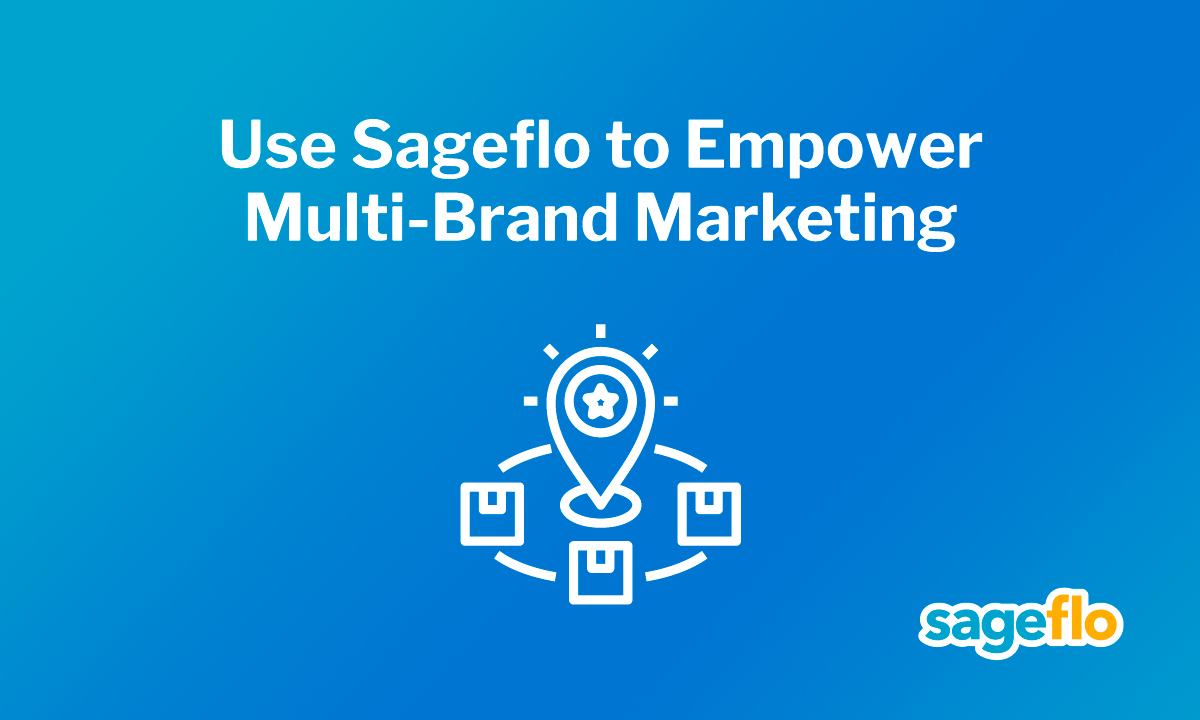
As we discuss distributed marketing and how to scale content creation to local teams, a good place to start is the QSR (Quick-Serve Restaurant). A QSR’s primary marketing requirement is to bring people into their locations. In an ideal world, corporate will be able to generate sufficiently successful emails, SMS, TV/Radio ads, and such to drive traffic to the location. However, corporate marketing priorities are not always the same as a local franchisor, and we need to allow the franchisors to communicate directly with their customers. So, let’s look at two use cases to understand the challenge of accomplishing this, and the advantages to both corporate and the local level owners and managers.
Two Audiences / One Location
First, imagine you’re the owner of a QSR in a town of 50,000 people. You have two high schools and a weekly farmers market between June and October. The schedules of the two local high school football teams and farmers market will become the cornerstone of your local marketing campaigns.
Corporate marketing does a great job of promoting the Chicken Sandwich, or the Groundhog Day Slider. Where local marketing is most effective, is by promoting the upcoming Friday night game, with a pre-event reminder; and then, after the game, sending a congratulatory email with a themed offer (Blue and Gold Milkshakes, anyone?). To do this effectively you need to have calendaring functionality so that you’re not running the schedules off an excel spreadsheet, reminders on Google Calendar, or post-it notes. A useful calendar will also tie into the corporate marketing campaigns so that you’re able to leverage the national Chicken Sandwich or the Groundhog Day Slider launch.
Farmers Market patrons, we know from experience, are a geographically dispersed group. Sending them a notification that the local football team has won will, at best, be seen as amusing; and at worst generate an unsubscribe. Farmers Market people want to be notified just prior to coming to town that your QSR is offering special menu items, different opening and closing hours, or a simple “welcome to our town” email which serves as a reminder that you exist. Like the football schedule, you can tie into the Markets schedule, and hit people with emails prior to, and after, a particular event, “Make sure to come down to Franks Diner after getting your fresh vegetables and treat yourself to an Amazing Chicken Sandwich!”
Also necessary, and discussed in prior blog posts, good list management is the key to success with email and SMS marketing. When collecting names, ask about interests (“which football team do you support”), significant dates (birthdays are smart), and food preferences (vegan, gluten, and allergies) so that you can customize targeting and offers down the road. For the Farmers Market example, one can simply ask, “are you here for the Farmers Market” while collecting the contact information. One can also add a zip code field to sort locals, vs out-of-towners.
In-Store Events
Next, we’re going to pretend that we own a pet supply store in the same 50,000-person town. We could highlight the football team as a booster and celebrate the school’s bulldog mascot by offering bulldog chew toys. More interesting, however, would be to highlight your store’s participation in an adopt-a-pet event with a local foster program. Chances are, you’re not going to be able to get anyone at corporate excited about a local pet adoption event in your small 50,000-person town, but it sure is going to be important to the success of the event to have people show up at your store.
A Final Thought
From a higher level, corporate marketing is focused on building brand recognition and driving traffic into all locations. Local marketing, on the other hand, is focused on driving people into your store(s) while reinforcing the idea that your location is a part of the community. Whether it’s an in-store adoption event, cooking or yoga class, with local marketing you’re empowering local teams to speak more effectively about the events they’re passionate about, and highlighting their community involvement at the same time.
Like politics, all marketing is local, so we need to ensure downstream folks (franchisees, regional managers, etc.) follow the rules, both from a general marketing and corporate guidelines perspective. Local marketing builds on the branding that corporate has done, but gives humanity to the local branch, “We’re the Smiths, and our family is proud to serve you at Frank’s Dinner.” But it’s important that the Smiths don’t abuse the people who’ve given permission to market to them, and that they are able to adhere to brand guidelines; to accomplish these two requires a tool purpose-built for local teams, with ease-of-use top of-mind and guardrails to help them stay on brand.
Schedule some time to discuss how Sageflo can help you accomplish this balancing act.




